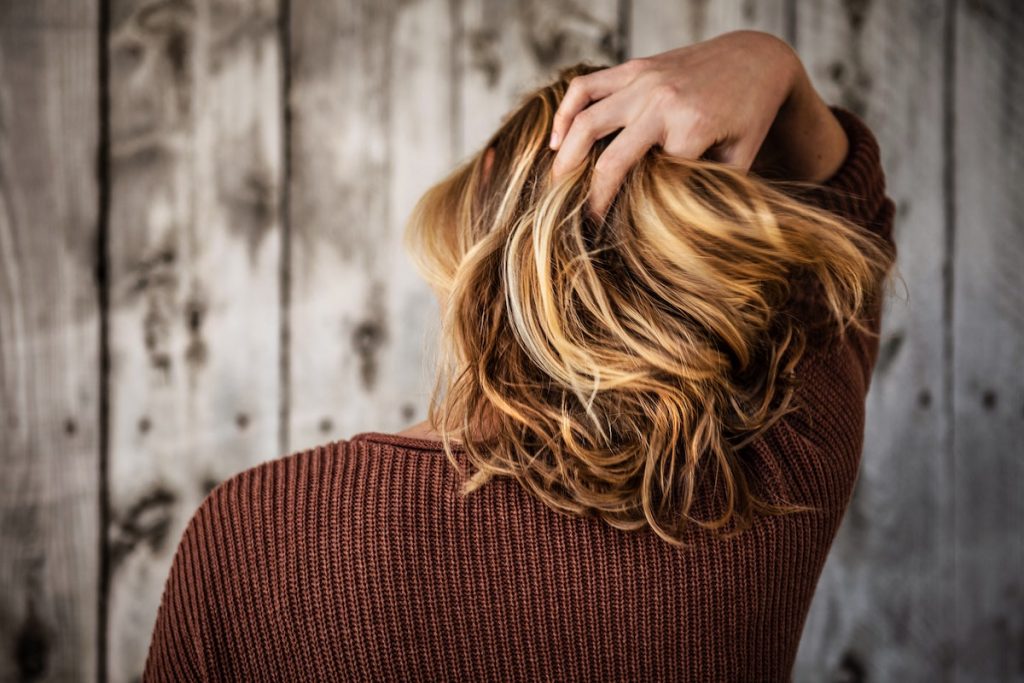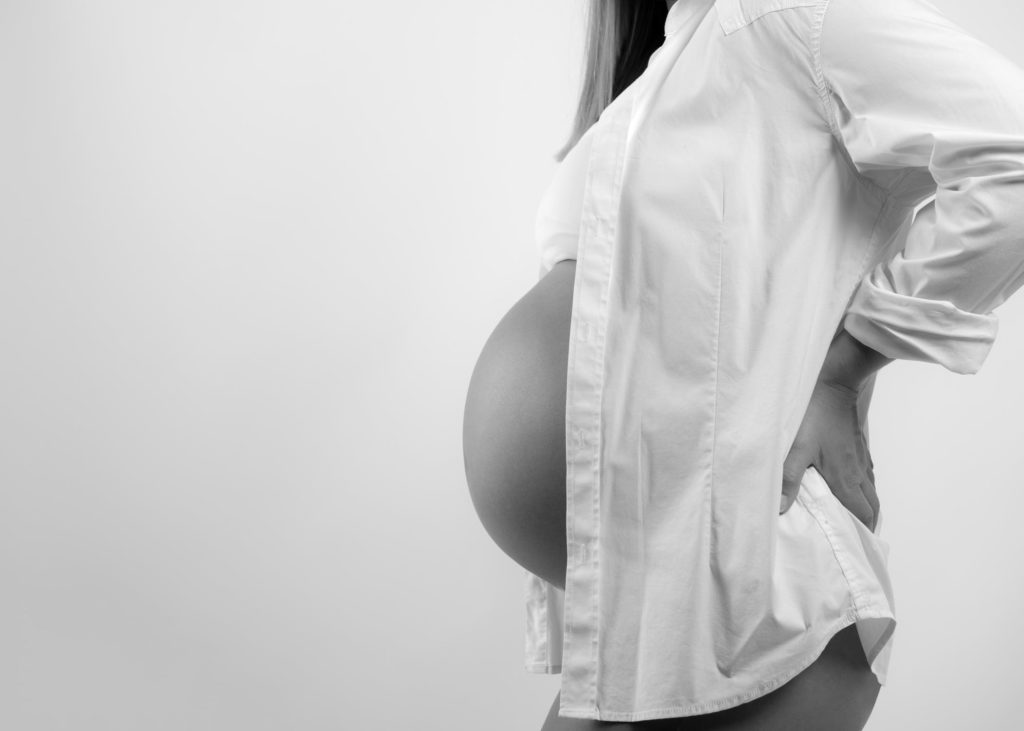Let’s face it – once you give birth, everything about your body changes in ways you may not have expected. However, one of the most common letdowns from new mothers is hair loss. As it turns out, there are many reasons why this happens, and it’s important to deal with the issue to avoid long-term hair loss issues that can occur as you age. This guide will help you understand postpartum hair loss and how to get your hair back to its normal healthy state after pregnancy.
What is the impact of hair loss?
Hair loss can happen for various reasons, but postpartum hair loss is incredibly frustrating because it happens when you really need your hair the most. This type of hair loss can happen with any pregnancy, and the severity can vary from person to person. Many women notice that their hair starts shedding about three months after giving birth, which may continue for up to 18 months. Typically, only partial strands are lost, so there’s no need to panic if you lose some more as time goes on. Postpartum hair loss is usually caused by hormonal changes that occur during pregnancy and after childbirth that lead the body into a temporary state of low estrogen production.
Types of hair loss during pregnancy
Hair loss during pregnancy can be caused by an overproduction of certain hormones responsible for hair growth and development. Two types of hair loss can happen during pregnancy: telogen effluvium and postpartum alopecia. Telogen effluvium is a condition in which the body produces too many hormones, and this causes the hair follicles to enter a resting phase before they shed the old hair. Postpartum alopecia is when hormone levels return to normal after delivery, but the hair follicle doesn’t wake up from its resting phase, so it stops producing new hair.
Ways to prevent hair loss after delivery
Hormonal changes during pregnancy and childbirth can affect a woman’s hair. Postpartum hair loss is a common side effect of these hormonal changes, but there are steps you can take to prevent post-delivery hair loss. Speak with your OB/GYN or your doctor about taking prenatal vitamins, which will help maintain the health of your hair and scalp throughout your pregnancy. Additionally, ensure that you’re giving yourself enough time to relax after birth before starting intense workouts or getting back into your normal routine, such as work.
Styling your hair
Staying away from harsh chemicals to help grow healthy hair is a must but may seem complicated, especially when you have a special occasion or are used to getting ready for work every day. You can do a few things to help regrow your hair, such as getting enough sleep, taking care of your skin, eating healthy foods, and avoiding chemical-laden products. It would help if you also tried shampooing at least three times per week with a product designed for sensitive scalps or chemical-free shampoos.
This is where ready to wear wigs come in very handy. Not only do they save you time from taming a bad hair day, but they’re also a way to avoid putting anything in your hair. So instead of using a harsh hairspray that can damage your edges and baby follicles, you can apply a deep conditioner under the wig and look just as glamorous, if not more. The trick is to look for a high-quality glueless lace front wig that looks natural on you.
Taking biotin supplements
Luckily, there are a few ways you can help prevent or even reverse your postpartum hair loss. One way is by taking biotin supplements or adding high-biotin foods such as eggs, avocados, carrots, almonds, and beans into your diet. Biotin is an essential nutrient needed for healthy skin, nails, and hair growth. In fact, just one biotin supplement taken daily for six months has been shown to promote significant hair growth in those with thinning hair due to male pattern baldness. Other benefits of the supplement include increased nail strength and thickness, healthier-looking skin, and less chance of experiencing cellulite.
The first step to getting your hair back is deciding how you want it. If you choose to get extensions or wigs, ensure they are made from human hair cut from a healthy donor, not synthetic fiber. If you’re not sure, talk with your stylist about what you might like and how long it will take for your hair to grow back. Once you’ve decided, start taking care of yourself by drinking plenty of water and eating a balanced diet that includes all food groups.



